Unveiling the Luxurious Silk Used in Kanchipuram Silk Sarees
Kanchipuram Silk Sarees stand as a testament to India's rich textile heritage, renowned for their exquisite craftsmanship, vibrant colors, and durability. Often considered the epitome of elegance, these sarees have adorned women for centuries, making them a staple in bridal trousseaus and festive wardrobes. But what makes these sarees truly special is the type of silk used in their creation. In this blog post, we'll explore the specific silk that gives Kanchipuram Silk Sarees their distinctive sheen and strength, delving into its historical roots, production process, and enduring appeal.
Historical Background
The origins of Kanchipuram Silk Sarees can be traced back over 400 years to the town of Kanchipuram in Tamil Nadu, India. This ancient city, known as the "Silk City," has been a hub for silk weaving since the Pallava dynasty. The intricate designs and high-quality silk used in KSS have evolved over the centuries, influenced by various dynasties and cultural exchanges. The weavers of Kanchipuram have preserved and perfected their techniques, passing them down through generations.
Types of Silk Used
The Predominant Silk: Mulberry Silk
The silk used in Kanchipuram Silk Sarees is predominantly mulberry silk, known for its fine quality and durability. Mulberry silk comes from the cocoons of the Bombyx mori silkworm, which feeds exclusively on mulberry leaves. This diet results in a silk that is incredibly smooth and lustrous.
Characteristics of Mulberry Silk
- Luster and Sheen: Mulberry silk has a natural sheen that reflects light beautifully, giving Kanchipuram sarees their characteristic glow.
- Strength and Durability: This silk is one of the strongest natural fibers, ensuring that the sarees last for decades with proper care.
- Softness and Comfort: Despite its strength, mulberry silk is soft and comfortable to wear, draping elegantly around the body.
Other Types of Silk
While mulberry silk is the primary type used, occasionally, other silks like Tussar and Eri might be blended to achieve specific textures and finishes. However, pure Kanchipuram Silk Sarees are celebrated for their 100% mulberry silk composition.
Production Process
Silk Extraction and Preparation
The journey of a Kanchipuram Silk Saree begins with the careful cultivation of mulberry silkworms. Once the cocoons are harvested, they undergo a meticulous process to extract the silk fibers. These fibers are then spun into threads and dyed using vibrant, natural colors.
Weaving the Magic
The weaving of a Kanchipuram Silk Saree is a labor-intensive process, often taking weeks to complete. Skilled weavers use traditional handlooms to interlace the silk threads with zari (a type of thread made from fine gold or silver). The hallmark of a genuine Kanchipuram saree is the contrasting border and pallu (the end piece), often woven separately and then joined to the main body of the saree.
Quality Assurance
Each saree undergoes rigorous quality checks to ensure it meets the high standards associated with Kanchipuram silk. This includes verifying the purity of the silk, the evenness of the weave, and the clarity of the intricate designs.
Quality and Features
Distinctive Features
- Contrasting Borders and Pallus: One of the most distinctive features of Kanchipuram Silk Sarees is the contrasting colors and designs between the body, border, and pallu.
- Intricate Motifs: The sarees often feature traditional motifs like temples, peacocks, and flowers, each telling a story of cultural significance.
- Zari Work: Genuine Kanchipuram sarees use pure zari, which contains real gold or silver, adding to the saree’s opulence and value.
Quality Indicators
- Silk Mark: Look for the Silk Mark label, an assurance of pure silk.
- Weight: Authentic Kanchipuram sarees are heavier due to the density of the silk and zari.
- Feel: The texture should be smooth and the fabric should drape well.
Cultural Significance
Kanchipuram Silk Sarees are more than just garments; they are a symbol of heritage and tradition. Worn during weddings, festivals, and other auspicious occasions, these sarees carry deep cultural significance. They often serve as heirlooms, passed down from one generation to the next, embodying family traditions and memories.
Modern Trends
Contemporary Designs
While traditional motifs remain popular, modern Kanchipuram sarees also incorporate contemporary designs and color palettes to cater to younger generations. Fusion styles, combining traditional weaving with modern aesthetics, are gaining popularity.
Celebrity Endorsement
The allure of Kanchipuram Silk Sarees has transcended Indian borders, with international celebrities and fashion designers showcasing these sarees on global platforms, thus broadening their appeal.
Care Tips
To maintain the beauty and longevity of your Kanchipuram Silk Saree, follow these care tips:
- Storage: Store the saree in a cool, dry place, preferably wrapped in a muslin cloth.
- Cleaning: Dry clean only to preserve the silk and zari work.
- Avoid Perfumes: Keep perfumes and other sprays away from the saree to prevent stains and fabric damage.
- Refolding: Periodically refold the saree to avoid permanent creases.
Conclusion
Kanchipuram Silk Sarees are a timeless embodiment of Indian artistry and craftsmanship. The use of mulberry silk, with its unmatched luster, strength, and comfort, sets these sarees apart as luxurious and durable garments. Whether passed down as treasured heirlooms or worn to celebrate life's special moments, Kanchipuram Silk Sarees continue to captivate with their beauty and elegance. By understanding and appreciating the silk that forms the heart of these sarees, we honor the weavers and traditions that bring them to life.
- attire
- bollywood
- bridal sarees
- bridal silk sarees
- celebrities
- diversity
- ethnic wear
- fashion
- fashion statement
- handloom
- handloom love
- handloom saree
- handloom sarees
- handmade
- handwoven saree
- heritage
- indian culture
- indian fashion
- indian sarees
- indian textiles
- indian wedding
- kanchipattu
- kanchipuram
- kanchipuram collection
- kanchipuram silk
- kanchipuram silk saree
- pure silk
- pure silk sarees
- saree lovers
- saree shopping
- silk
- silk sarees
- silk sarees collection
- silk sarees online
- textiles
- weavers
- weaving

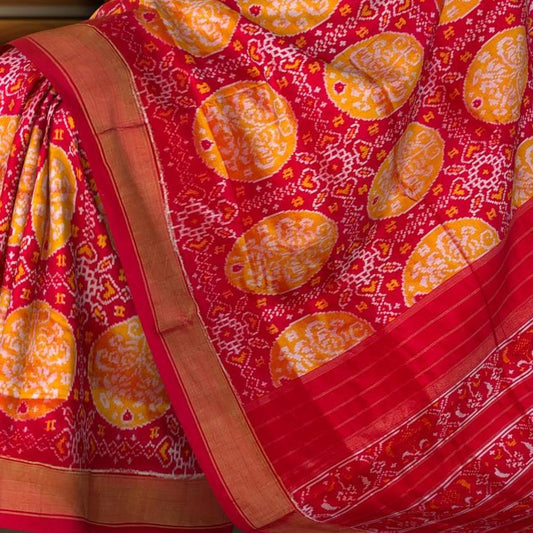
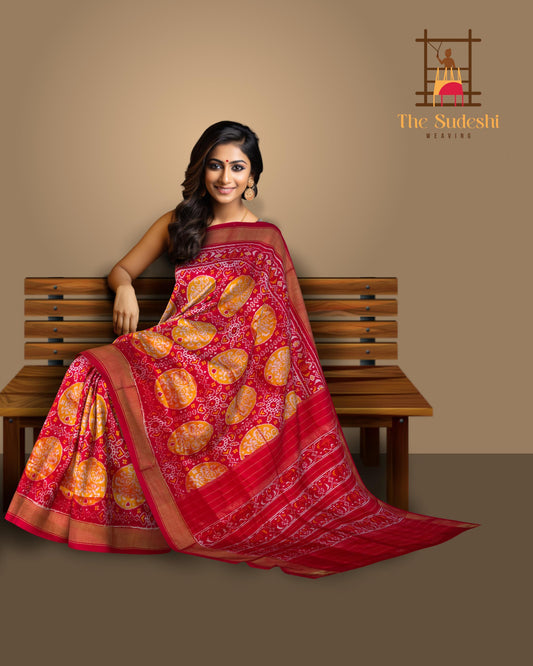
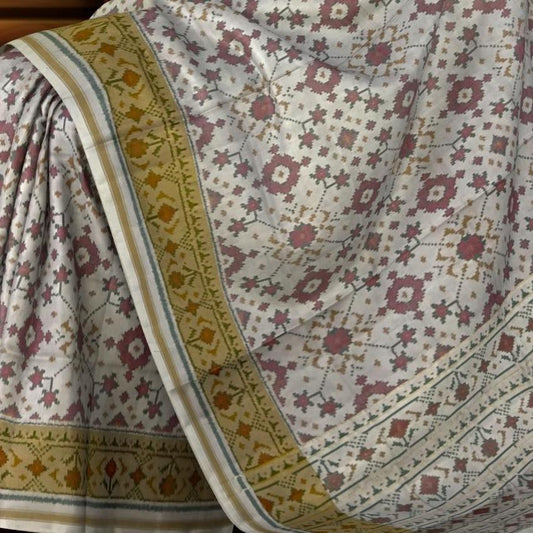
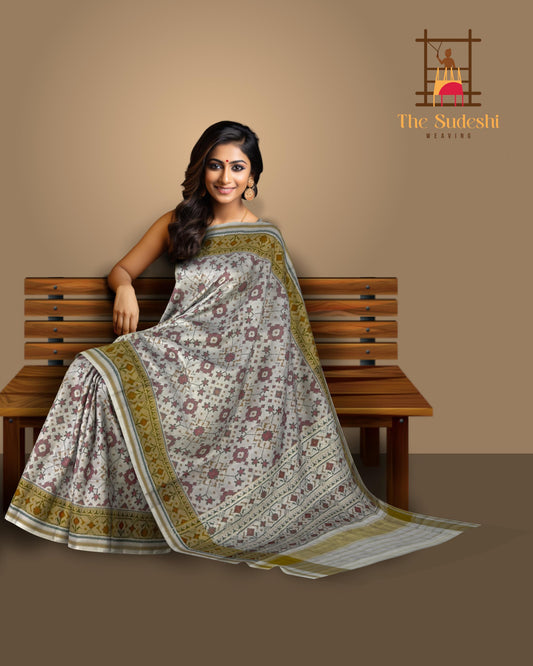
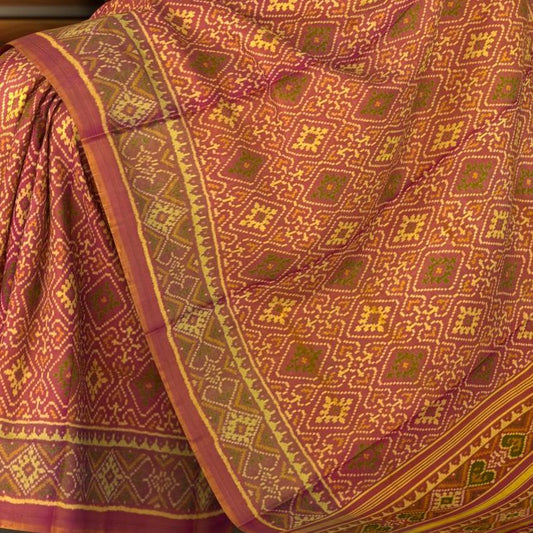
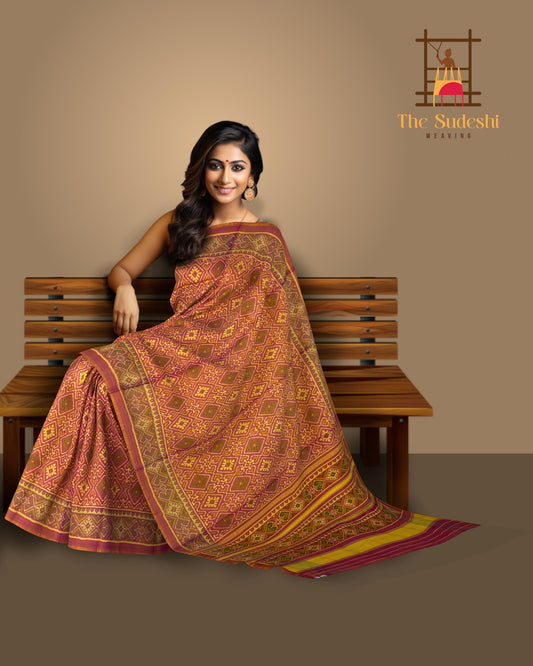
Leave a comment
Please note, comments need to be approved before they are published.